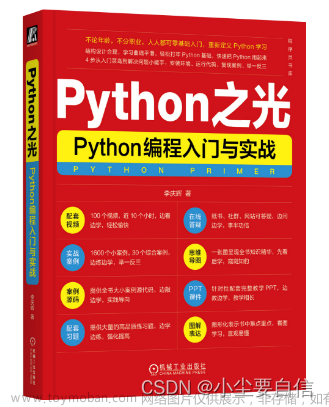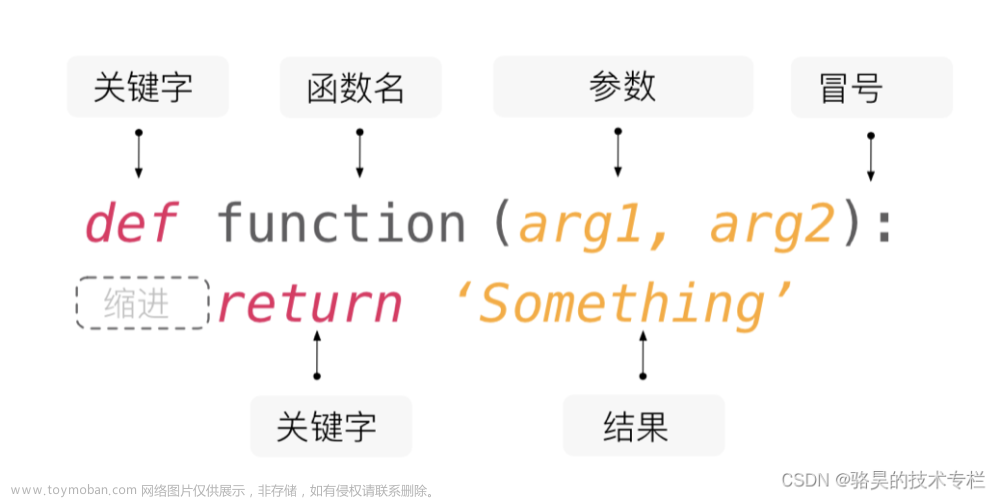列表和你可以用它们做的事情。包括索引,切片和变异!
1.列表
Python 中的 List 表示有序的值序列:
In [1]:
primes = [2, 3, 5, 7]
我们可以把其他类型的事情列入清单:
In [2]:
planets = ['Mercury', 'Venus', 'Earth', 'Mars', 'Jupiter', 'Saturn', 'Uranus', 'Neptune']
我们甚至可以列一个清单:
In [3]:
hands = [
['J', 'Q', 'K'],
['2', '2', '2'],
['6', 'A', 'K'], # (Comma after the last element is optional)
]
# (I could also have written this on one line, but it can get hard to read)
hands = [['J', 'Q', 'K'], ['2', '2', '2'], ['6', 'A', 'K']]
列表可以包含不同类型的变量:
In [4]:
my_favourite_things = [32, 'raindrops on roses', help]
# (Yes, Python's help function is *definitely* one of my favourite things)
1.1索引
可以使用方括号访问单个列表元素。
哪个行星离太阳最近? Python 使用从零开始的索引,因此第一个元素的索引为0。
In [5]:
planets[0]
Out[5]:
'Mercury'
下一个最近的星球是什么?
In [6]:
planets[1]
Out[6]:
'Venus'
哪个行星离太阳最远?
列表末尾的元素可以用负数访问,从 -1开始:
In [7]:
planets[-1]
Out[7]:
'Neptune'
In [8]:
planets[-2]
Out[8]:
'Uranus'
1.2切片
前三颗行星是什么? 我们可以通过切片来回答这个问题:
In [9]:
planets[0:3]
Out[9]:
['Mercury', 'Venus', 'Earth']
planets[0:3] 是我们询问从索引 0 开始并一直到 但不包括 索引 3 的方式。
起始和结束索引都是可选的。如果省略起始索引,则假定为 0。因此,我可以将上面的表达式重写为:
In [10]:
planets[:3]
Out[10]:
['Mercury', 'Venus', 'Earth']
如果我省略了结束索引,它被假定为列表的长度。
In [11]:
planets[3:]
Out[11]:
['Mars', 'Jupiter', 'Saturn', 'Uranus', 'Neptune']
也就是说,上面的表达意思是“给我从索引3开始的所有行星”。
我们还可以在切片时使用负指数:
In [12]:
# All the planets except the first and last
planets[1:-1]
Out[12]:
['Venus', 'Earth', 'Mars', 'Jupiter', 'Saturn', 'Uranus']
In [13]:
# The last 3 planets
planets[-3:]
Out[13]:
['Saturn', 'Uranus', 'Neptune']
1.3列表修改
列表是“可变的”,这意味着它们可以“就地”修改。
修改列表的一种方法是为索引或片表达式赋值。
例如,假设我们想重命名火星:
In [14]:
planets[3] = 'Malacandra'
planets
Out[14]:
['Mercury',
'Venus',
'Earth',
'Malacandra',
'Jupiter',
'Saturn',
'Uranus',
'Neptune']
嗯,这是相当拗口。让我们通过缩短前三个行星的名称来补偿。文章来源:https://www.toymoban.com/news/detail-797778.html
In [15]:文章来源地址https://www.toymoban.com/news/detail-797778.html
planets[:3] = ['Mur', 'Vee', 'Ur']
print(planets到了这里,关于4、python列表Lists的文章就介绍完了。如果您还想了解更多内容,请在右上角搜索TOY模板网以前的文章或继续浏览下面的相关文章,希望大家以后多多支持TOY模板网!











